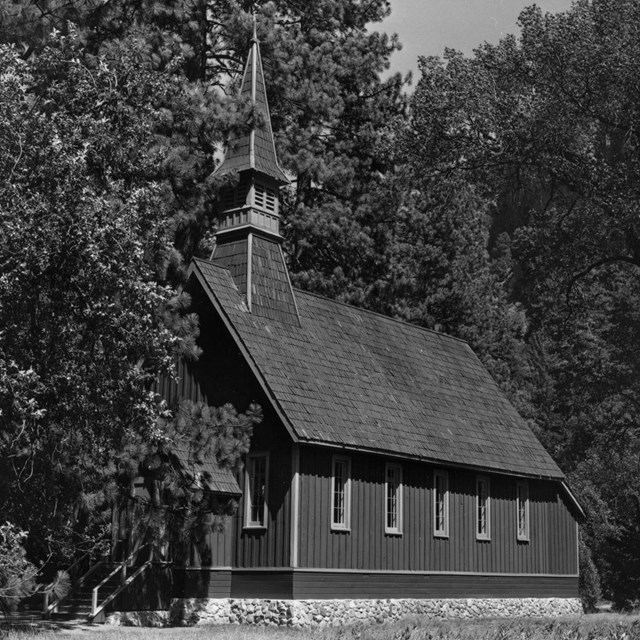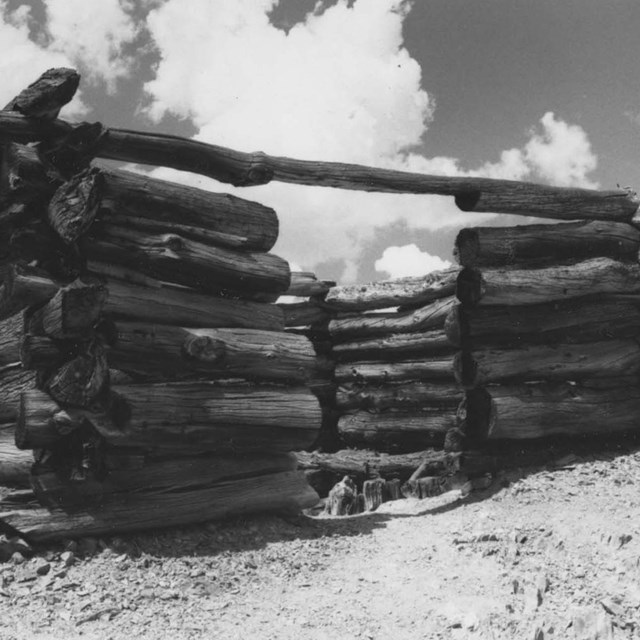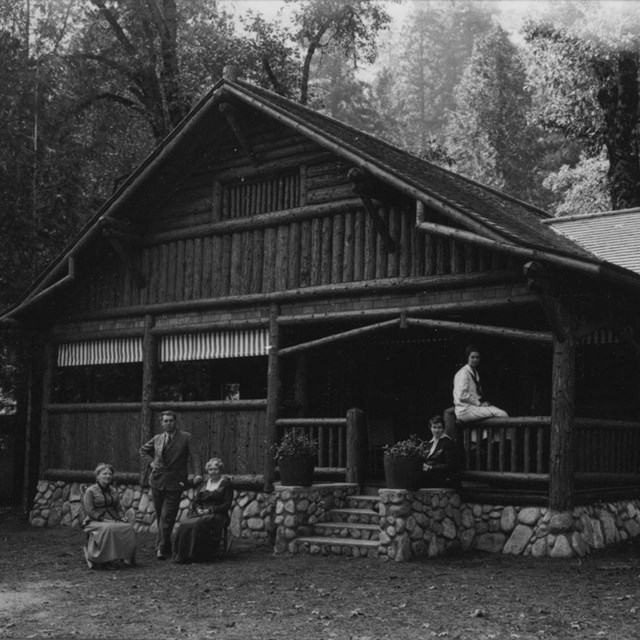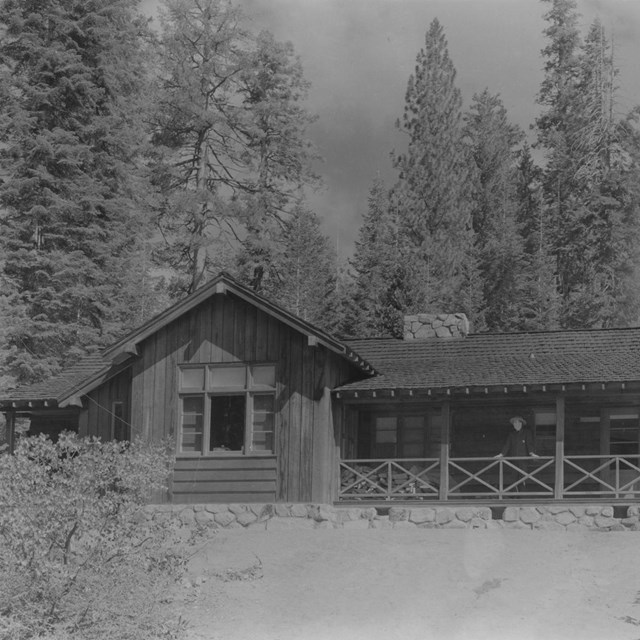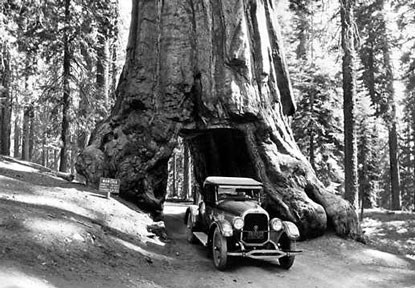
NPS Historical Photograph Collection. A “place” can be defined in a number of ways. It can be a spot on a map, a building, a structure, or anywhere that is filled with human meaning. History is written on the landscape through human structures and cultural landscapes. Yosemite National Park is steward to more than 60 properties on the National Register of Historic Places, a list of historic properties that have regional and/or national significance. Yosemite is also the guardian of six National Historic Landmarks. What is a historic property?In general, a historic property can be any structure, group of structures (called a district), or a cultural landscape that is more than fifty years old. Something that makes Yosemite’s historic structures special is that they are some of the earliest examples of national park rustic-style architecture (sometimes referred to as “parkitecture”) Many of our buildings were designed to fit into the natural landscape, starting a trend for design throughout the National Park Service. What is a cultural landscape?The National Park Service defines a cultural landscape as, “...places within U.S. national parks that have a significance in American history and authenticity to a historic time period.” A cultural landscape can be a human modified ecosystem as well as constructed features.
|
Last updated: December 8, 2025


